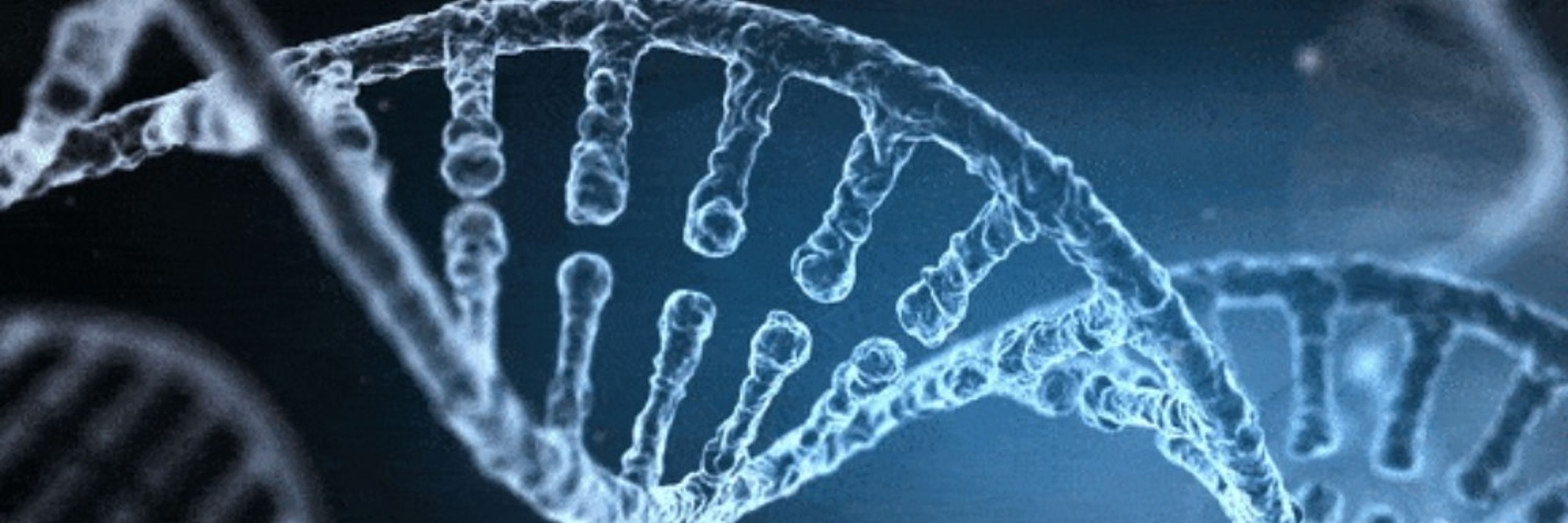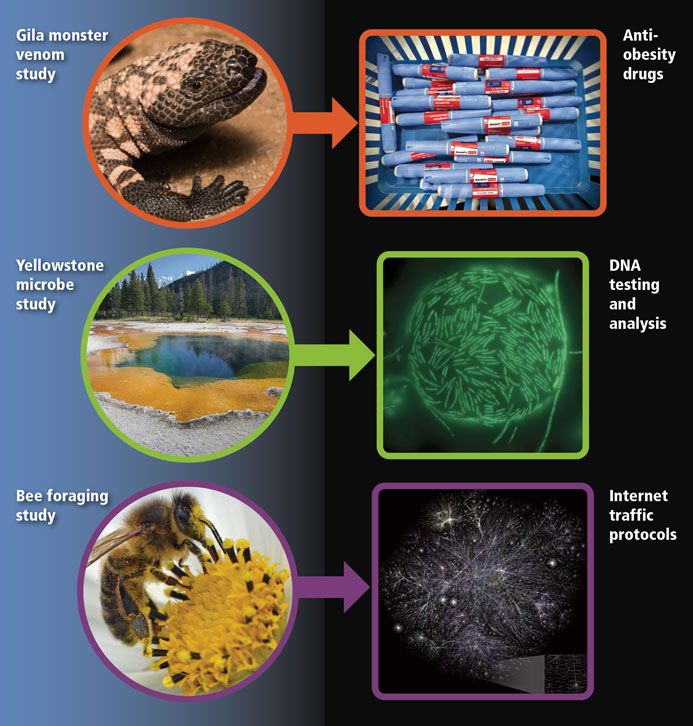
The answer is sex.
You're seeing an island-wide booty call.
This is a MATING MIGRATION. These red crabs (Gecarcoidea natalis) are meeting up on the beach to make lots of little crabs.
It's Crab Spring Break (literally).
The answer is sex.
You're seeing an island-wide booty call.
This is a MATING MIGRATION. These red crabs (Gecarcoidea natalis) are meeting up on the beach to make lots of little crabs.
It's Crab Spring Break (literally).
Around the 1870's, when Lincoln first declared Thanksgiving a national holiday, a New York 'Turkey Day' tradition emerged of children dressing as homeless "ragamuffins", or later, in costumes or swapped gender clothing & begging for money or treats.

Around the 1870's, when Lincoln first declared Thanksgiving a national holiday, a New York 'Turkey Day' tradition emerged of children dressing as homeless "ragamuffins", or later, in costumes or swapped gender clothing & begging for money or treats.
#protistsonsky 🧵
I'm on the vacuum cleaner.
I'm on the combination Go-Cart and vacuum cleaner.
Why don't they make this in MY size?

I'm on the vacuum cleaner.
I'm on the combination Go-Cart and vacuum cleaner.
Why don't they make this in MY size?

I was told last year not to mention vaccines, SARS-CoV-2, or masking around the MAGA in-laws.
This year, I'm not sure there are any 'safe topics' in science at all. Everything from science funding, women's health to Tylenol is a political minefield.
Perhaps my American Scientist essay can help!
🧪🌎🦑 #SciComm

I was told last year not to mention vaccines, SARS-CoV-2, or masking around the MAGA in-laws.
This year, I'm not sure there are any 'safe topics' in science at all. Everything from science funding, women's health to Tylenol is a political minefield.

William J. Buehler passed around 1:1 nickel-titanium wire, folded accordion style. One of them applied heat from a pipe-lighter & it snapped to straight.

William J. Buehler passed around 1:1 nickel-titanium wire, folded accordion style. One of them applied heat from a pipe-lighter & it snapped to straight.
Over time, "unrefined" became amplified to "evil & rapacious" as we know it today.

Over time, "unrefined" became amplified to "evil & rapacious" as we know it today.
#fungifriends

#fungifriends
Look at this weird bug, Cladonota apicalis. from Ecuador.
Now imagine a horse shaped like this, or a wolf!
Why do treehoppers have such weird shapes?
It's a mystery! But we have some ideas.
(📷: Philipp Hoenle)

Look at this weird bug, Cladonota apicalis. from Ecuador.
Now imagine a horse shaped like this, or a wolf!
Why do treehoppers have such weird shapes?
It's a mystery! But we have some ideas.
(📷: Philipp Hoenle)
Cross-section from Ascaris lumbricoides, the most common parasitic worm in humans.
(🔬: Massimo Brizzi)

Cross-section from Ascaris lumbricoides, the most common parasitic worm in humans.
(🔬: Massimo Brizzi)
This has specific advantages in flight control, predator defense, and temperature regulation.
The same muscles give you goosebumps.

This has specific advantages in flight control, predator defense, and temperature regulation.
The same muscles give you goosebumps.
Go up or down in the thread to see the gorgeous (pseudo)color in the adult.
No wonder they made him emperor of Japan, that's the cutest little guy on the whole island chain.
Hell, I say we make him the President of the USA, too.

Go up or down in the thread to see the gorgeous (pseudo)color in the adult.
They use these handy individual stalls that can be loaded on carts and slid into place. Water and hay are provided, and a in-flight groom replaces all food/water every 2 hrs.

They're said the same as their C equivalent (Cooper, Case, Coulter, etc.), but K signals "hardness", because K has no soft voicing equivalent.
They want masculine boys.


They're said the same as their C equivalent (Cooper, Case, Coulter, etc.), but K signals "hardness", because K has no soft voicing equivalent.
They want masculine boys.
The males are bright red-orange & have these enormous feather crests on their beaks, which they use to attract females through an event that can only be described as...
The males are bright red-orange & have these enormous feather crests on their beaks, which they use to attract females through an event that can only be described as...
Peto's Paradox:
Whales can live to 200 yrs old & they have 1,000 times as many cells as you do, any one of which could be the seed for tumor formation.
So why aren't they getting cancer at 1,000 times the rate of humans? 🐳🧪
Peto's Paradox:
Whales can live to 200 yrs old & they have 1,000 times as many cells as you do, any one of which could be the seed for tumor formation.
So why aren't they getting cancer at 1,000 times the rate of humans? 🐳🧪
All of the birds given as gifts in “12 days of Christmas” are edible birds, and I am not sure why so many of you believe they were all intended to be kept as pets for years after receipt.
All of the birds given as gifts in “12 days of Christmas” are edible birds, and I am not sure why so many of you believe they were all intended to be kept as pets for years after receipt.
📖BS.15/D

It infects cervids like white tail deer and moose, although spread to domesticated livestock like llamas, cows and horses is documented.
It's acquired when animals contact/eat infected snails.

It infects cervids like white tail deer and moose, although spread to domesticated livestock like llamas, cows and horses is documented.
It's acquired when animals contact/eat infected snails.
A traditional Persian shoe called a kalash or galesh (گالش) reflects the invention in the 10th century of the high-heeled boot.
The heel 'bracketed' the stirrups, increasing the rider's stability.

Only if they're from Belgium.
How did a pink bird and a fancy dance get such a similar name? They MAY be related.
Flamingo probably derives from Latin 'flamma' meaning "flame" via Portuguese / Spanish 'flamengo' which means "flame-colored."
An apt description!

Only if they're from Belgium.
How did a pink bird and a fancy dance get such a similar name? They MAY be related.
Flamingo probably derives from Latin 'flamma' meaning "flame" via Portuguese / Spanish 'flamengo' which means "flame-colored."
An apt description!


